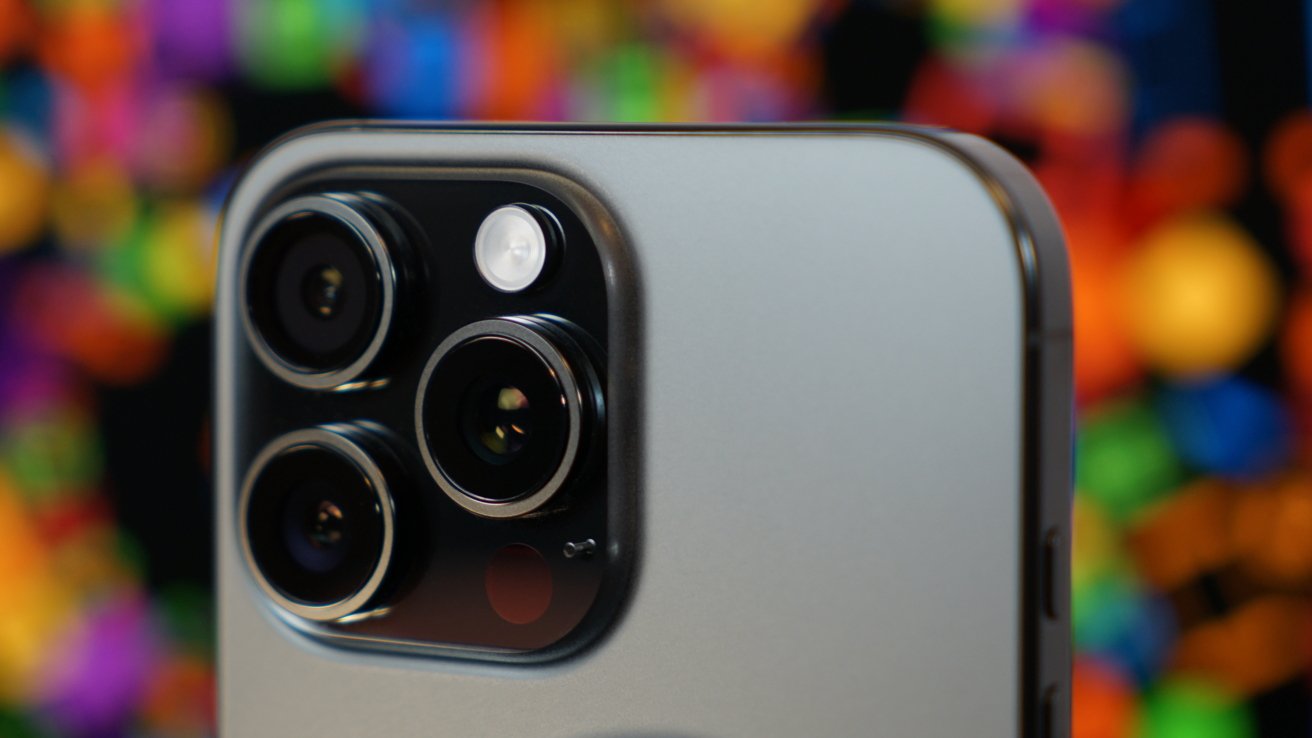Apple promotes its camera capabilities via billboards and ads ‘Shot on iPhone’
Apple’s “Shot on iPhone” ad campaign has proven to be quite popular since it began in 2014, and it has now received the Grand Prix for Creative Effectiveness at Cannes Lions .
The “Shot on iPhone” campaign was originally introduced as a way to promote the camera system on iPhone. It suggested “if it’s good enough to be on a billboard, it’s good enough for anything you might do with a camera.”
According to a report from Ad Week, Apple was given the Grand Prix for Creative Effectiveness at Cannes Lions for the “Shot on iPhone” campaign. The award was given as a reflection of the simplicity of the campaign around pitching to users that an iPhone and some imagination can produce something great.
The campaign was previously described as a “ridiculously simple idea” by Apple marketing communications vice president Tor Myhren. He associated Apple’s love of billboards with the campaign and the previously successful “Think Different” ads.
“Shot on iPhone” has also become a popular hashtag on social media where users can proudly showcase their photos and videos captured on the smartphone. It has helped cause the ad campaign to become quite viral.
There has also been some criticism levied around the idea of “Shot on iPhone,” since many of the photos or videos Apple showcases require additional equipment. For example, Apple shoots WWDC on iPhone, but with the help of expensive lenses, mounts, and editing software.
However, this criticism is a bit of a fallacy, because even if Apple was using a top-end pro camera, all of the equipment and editing would still be necessary. All Apple has done is swap the camera for an iPhone.
While users don’t generally have access to such equipment, the photos and videos that come out of an iPhone unprocessed are social media ready. Apple’s approach to lifelike processing, sharpness, noise, and color makes them stand out in a field of over-saturated Android photos.
“Shot on iPhone” has also become a point of pride for filmmakers. Apple showcases short films captured on iPhone, and several theatrical movies have been captured with the device.
The upcoming 28 Years Later used an iPhone 15 Pro Max. It recorded footage in ProRes 4K at 60 fps.
Apple is expected to expand the photo and video capabilities with iPhone 17 when it is revealed in September. That device, combined with Photographic Styles, Apple Intelligence, and new features, will continue Apple’s commitment to providing consumers with pro-level capabilities in their pocket.










